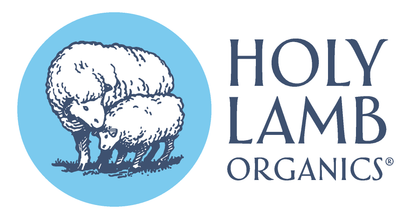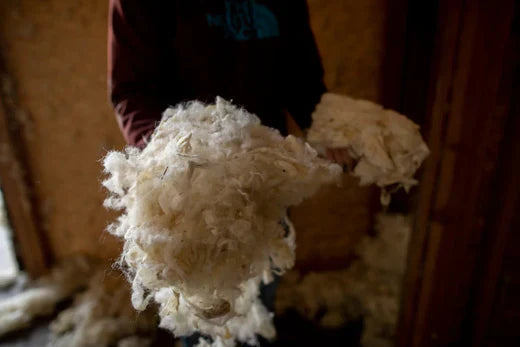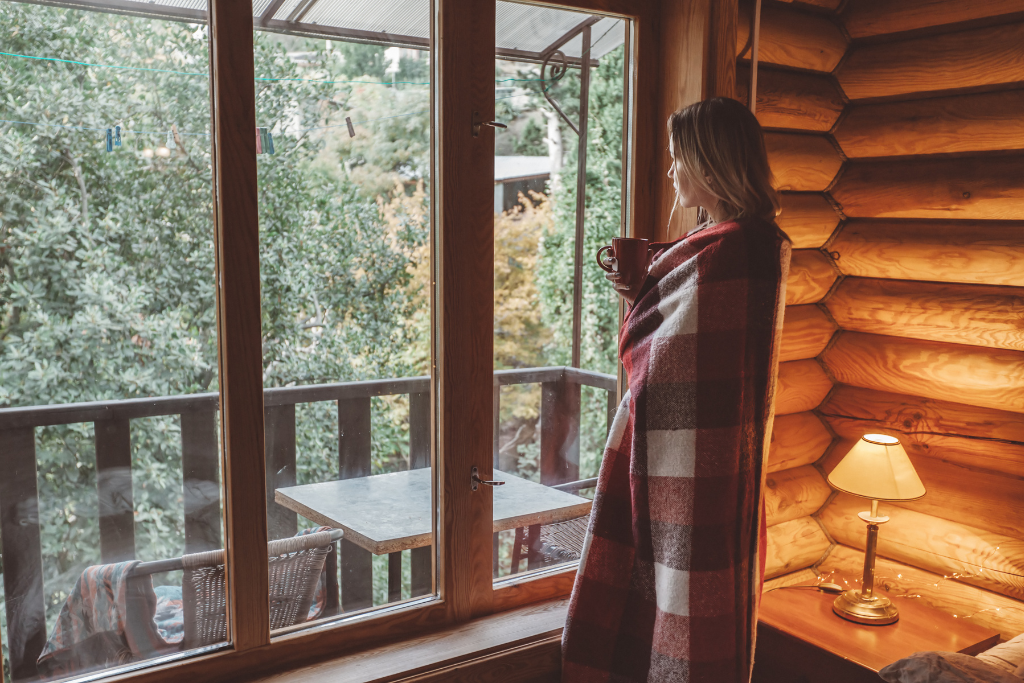Your Cart is Empty
Menu


Your Cart is Empty
May 16, 2019 2 min read

As you research and shop for wool bedding, you’re likely to come across options using washable wool. Raw wool isn’t machine washable in its natural state; it takes some processing to get it to that point, and some pretty important benefits are lost along the way.

How Wool Works
Natural wool fibers are covered with overlapping, barbed scales called cuticle cells. It's this structure that gives wool loft and breathability and makes it such an efficient temperature regulator. When you run untreated wool through a normal machine wash cycle or put it in the dryer, those scales will interlock with one another; the wool shrinks and takes on a felted look and feel. There are things you can do to make wool more receptive to machine washing and drying, but all involve altering the basic structure of the fibers. Using the methods described below, the tips of the cuticle cells are removed to prevent felting. Basically, you're preshrinking and smoothing the natural fibers. While washable, the resulting product has lost much of its natural loft and essential moisture-wicking properties. The very things that make wool an attractive choice for bedding.

Getting to Washable
The conventional method of achieving washable wool involves chlorine, chemical polymers, and lots of water and energy. The fibers are treated with chlorine and coated with a polyurethane polymer that modifies and enables them to slip past one another without interlocking. The subsequent wastewater contains significant concentrations of harmful toxins, so significant that it’s not accepted by US water treatment facilities. Because of this, the majority of chlorinated wool is processed overseas and imported to the US, adding transportation and energy costs to the already high ecological impact of this method.
A less harmful, chlorine-free method is to use ozone or hydrogen peroxide to remove the scales. Both these substances break down into oxygen and water at the wastewater treatment stage, eliminating the release of toxins into the environment. Another approach to creating washable wool involves the use of an eco-friendly bio wash treatment made with plant extracts and oils. While these less harsh approaches are an improvement on the use of chlorine, each still requires a substantial amount of water and energy. And with all of these methods, the natural fibers are irrevocably altered.

It’s Worth the TLC
We understand the appeal of having a wool product you can just toss in the washer and dryer. But we also understand the inherent qualities of wool that make it a superior choice for bedding, none of which are worth sacrificing for a little convenience. Couple that with our efforts to minimize the environmental impact of everything we do, and pure untreated wool is the obvious choice. Caring for our natural and organic wool bedding products is still pretty easy. In most cases, just avoid the wash cycle (it's the agitation that causes felting) and line dry. Your bedding will retain all its lofty goodness and provide years of cozy comfort.
See our product pages for complete care instructions.
References
Comments will be approved before showing up.

March 10, 2025 5 min read
Whether it’s conserving more of the resources we use, minimizing the amount of waste we generate, or preserving our vital ecosystems, there are numerous ways to promote the well-being of ourselves and the planet we call home. With that in mind, let’s explore 10 ways to live a more eco-friendly lifestyle at home in 2025!

January 15, 2025 4 min read
At Holy Lamb Organics, we are committed to transparency and sustainability. Our Premium Eco Wool and Certified Organic Wool products are a testament to this, crafted with ethically sourced wool that has been handled with care at every step of the journey!

November 14, 2024 2 min read
Sign up to get the latest on sales, new releases and more …